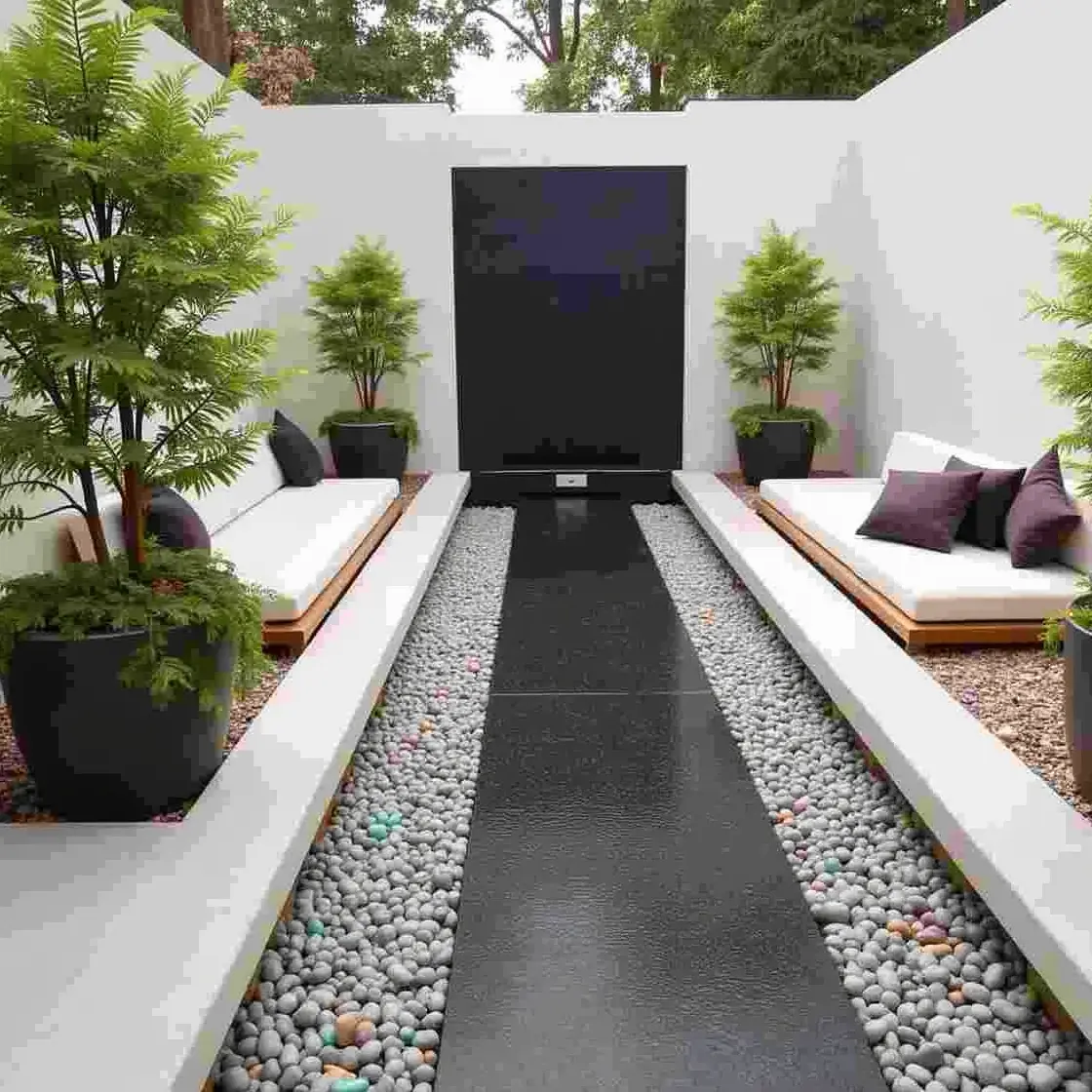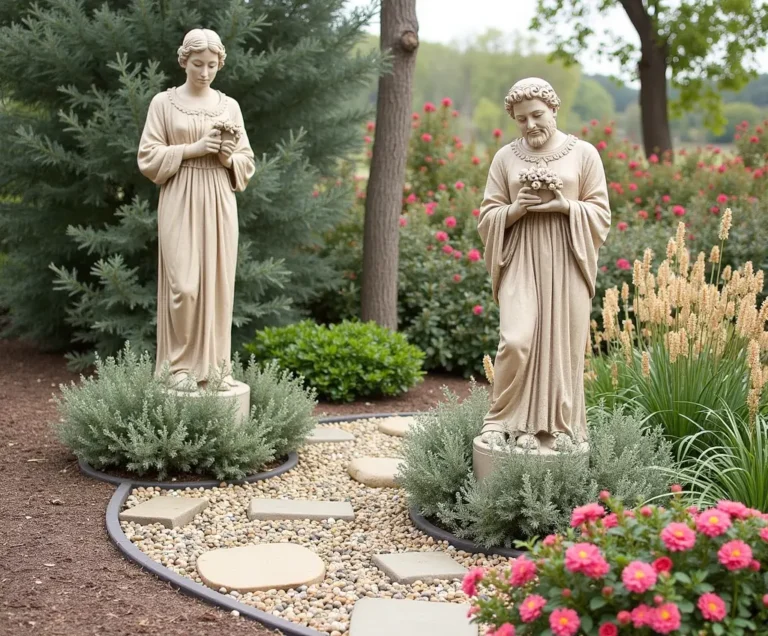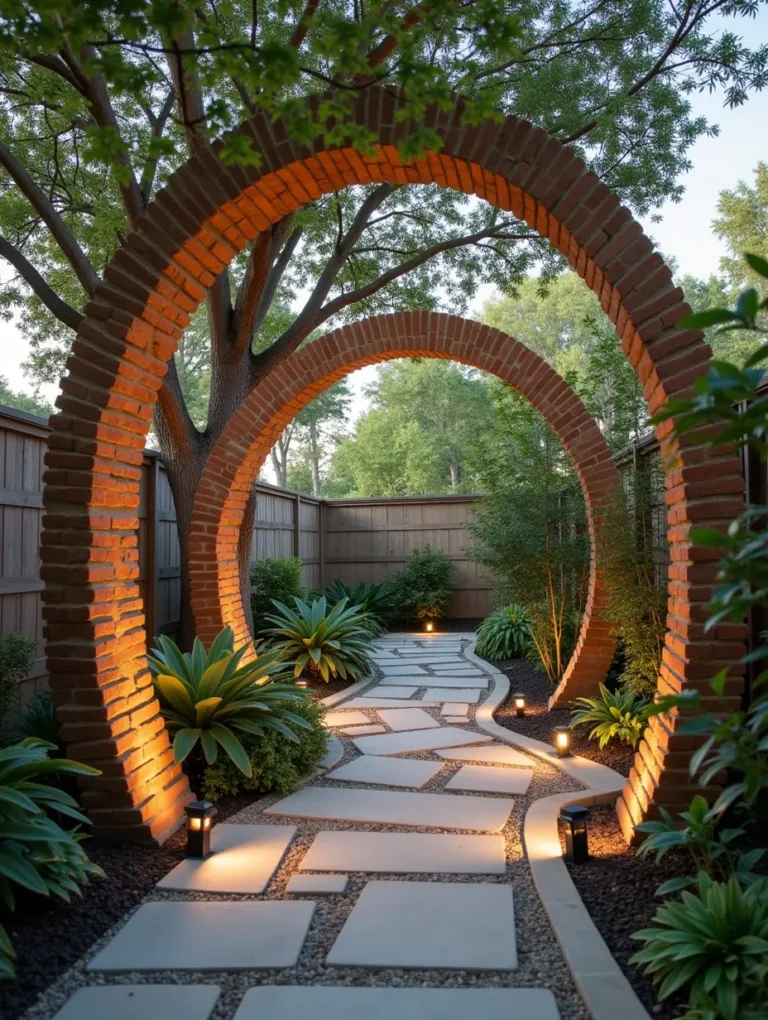Create Your Perfect Meditation Garden at Home
8 Pro Tips for Designing a Peaceful Meditation Garden at Home
In today’s fast-paced world, finding a serene space for meditation and reflection can feel like a daunting task. Imagine stepping into your own home and being instantly greeted by a tranquil garden that invites peace and mindfulness. This dream can become a reality with a well-designed meditation garden. In this article, we’ll explore 8 pro tips for creating a meditation haven right in your backyard. Get ready to transform your outdoor space into a sanctuary for the soul!
1. Choose the Right Location
The first step in creating your meditation garden is selecting the right location. Look for a spot that feels isolated from the hustle and bustle of daily life. This could be a corner of your yard, your patio, or even a rooftop. Ensure your chosen location is free from noise and distractions. A space that experiences gentle sunlight will also enhance the peaceful atmosphere.
2. Incorporate Natural Elements
Nature has a way of grounding us. To cultivate a sense of tranquility, integrate natural elements such as stones, wood, and water features. A small pond or a fountain can provide soothing sounds that drown out unwanted noise, while strategically placed stones can serve as meditation seats, enhancing your overall experience.
3. Select Soothing Plants
The types of plants you choose are crucial for your meditation garden. Opt for plants that promote a sense of calm. Lavender, chamomile, and jasmine not only smell wonderful but also have calming properties. Incorporating greenery like ferns or snake plants can also help purify the air, enhancing your breathing and meditation practices.
4. Create a Pathway
A winding pathway can guide you into the depths of your meditation garden. Use pebbles, mulch, or stepping stones to pave the way. This pathway not only adds visual interest but also symbolizes the journey inward as you transition from the outside world to your personal sanctuary.
5. Designate a Meditation Spot
In the heart of your garden, create a dedicated meditation area. This could be a simple mat, a cushion, or even a low bench nestled amongst your plants. Make this spot inviting because it will serve as your refuge for self-discovery and mindfulness.
6. Emphasize Color Harmony
Colors significantly impact our emotions. For a peaceful meditation garden, stick to a harmonious color palette. Shades of green, soft blues, and earthy tones promote relaxation. You can accentuate with splashes of color through flowers, but ensure that they do not overwhelm the overall aesthetic.
7. Utilize Soft Lighting
Lighting plays a vital role in setting the mood. Consider adding soft lights such as solar lanterns, fairy lights, or torches. The gentle glow of lights during dusk can make your meditation garden inviting and safe for evening sessions, amplifying tranquility.
8. Minimize Maintenance
Your meditation garden should be a source of relaxation, not stress. Opt for low-maintenance plants that require minimal upkeep while still providing beauty and serenity. Consider native plants as they often thrive with little care and create a natural habitat for local wildlife.
Conclusion
Creating a peaceful meditation garden at home is not just about aesthetics; it’s about crafting a sanctuary where you can retreat from the world. By following these 8 pro tips, you can design a space that nurtures your well-being and enhances your meditation practice. So grab your gardening gloves, and let’s get started on designing your personal oasis today!
FAQs
What is the best time of year to start a meditation garden?
The best time to start a meditation garden is in spring or early fall when the weather is mild, promoting healthy plant growth.
Do I need a large space for a meditation garden?
No, a meditation garden can be designed in any size space, even a small balcony or patio can be transformed into a peaceful haven.
Can I create a meditation garden indoors?
Absolutely! Indoor meditation gardens can be created using indoor plants, rocks, and water features like small fountains to create a serene atmosphere.
How much should I expect to spend on a meditation garden?
The cost of a meditation garden can vary greatly depending on your design choices and materials. You can create a beautiful space on a budget or go all out; it’s entirely up to you!
What types of flowers are best for a meditation garden?
Some of the best flowers for a meditation garden include lavender, daisies, and chamomile, as they promote tranquility and have calming scents.
“





